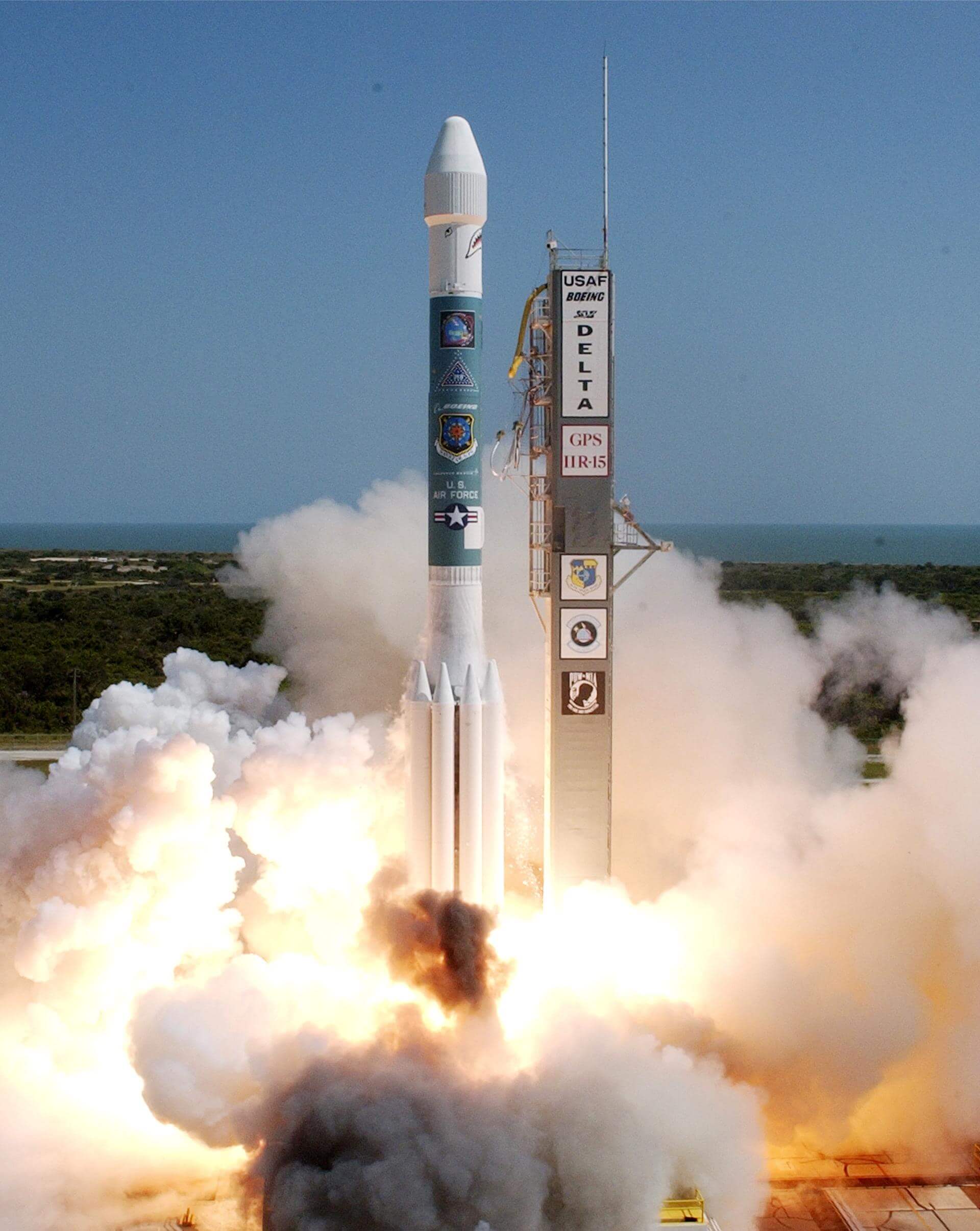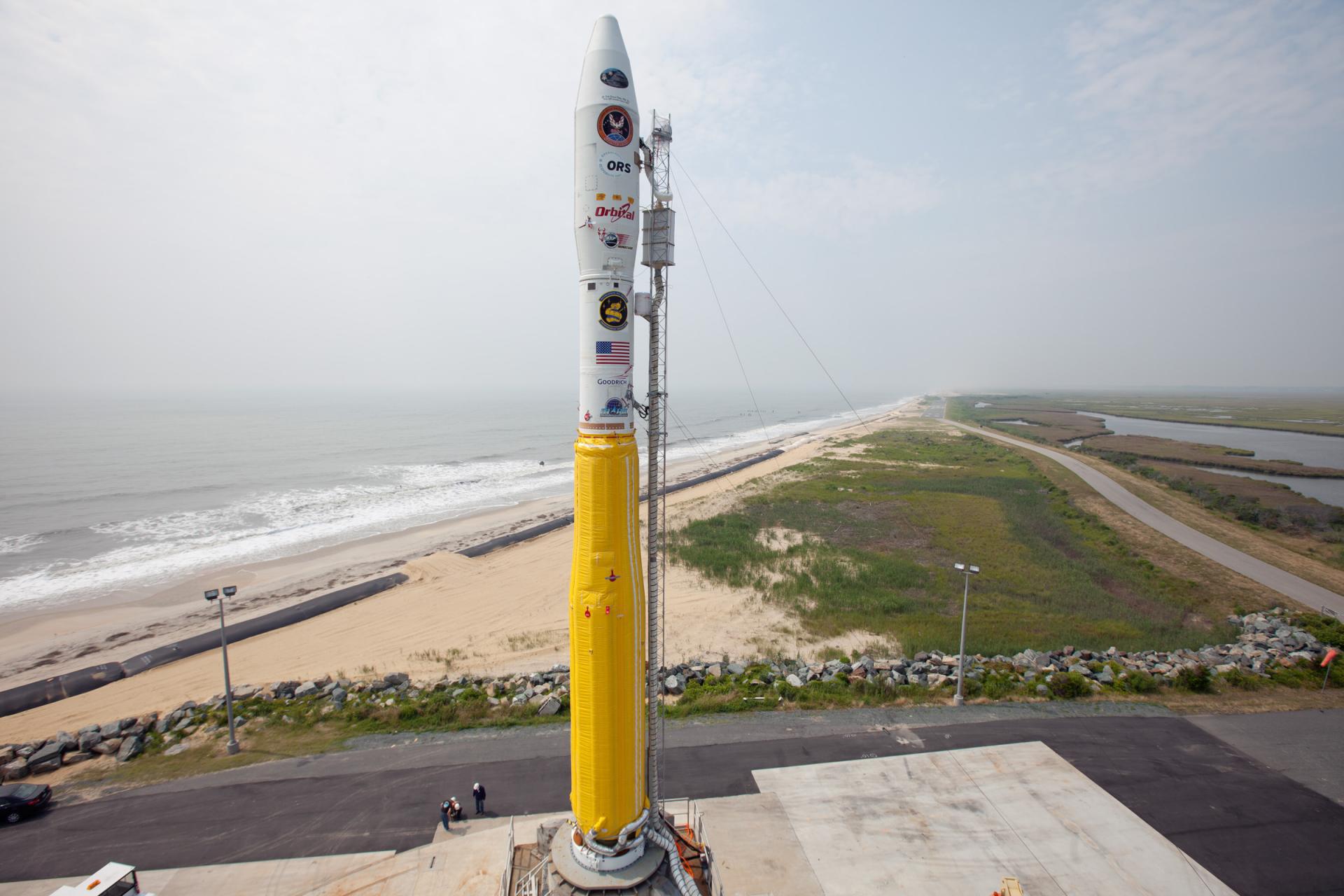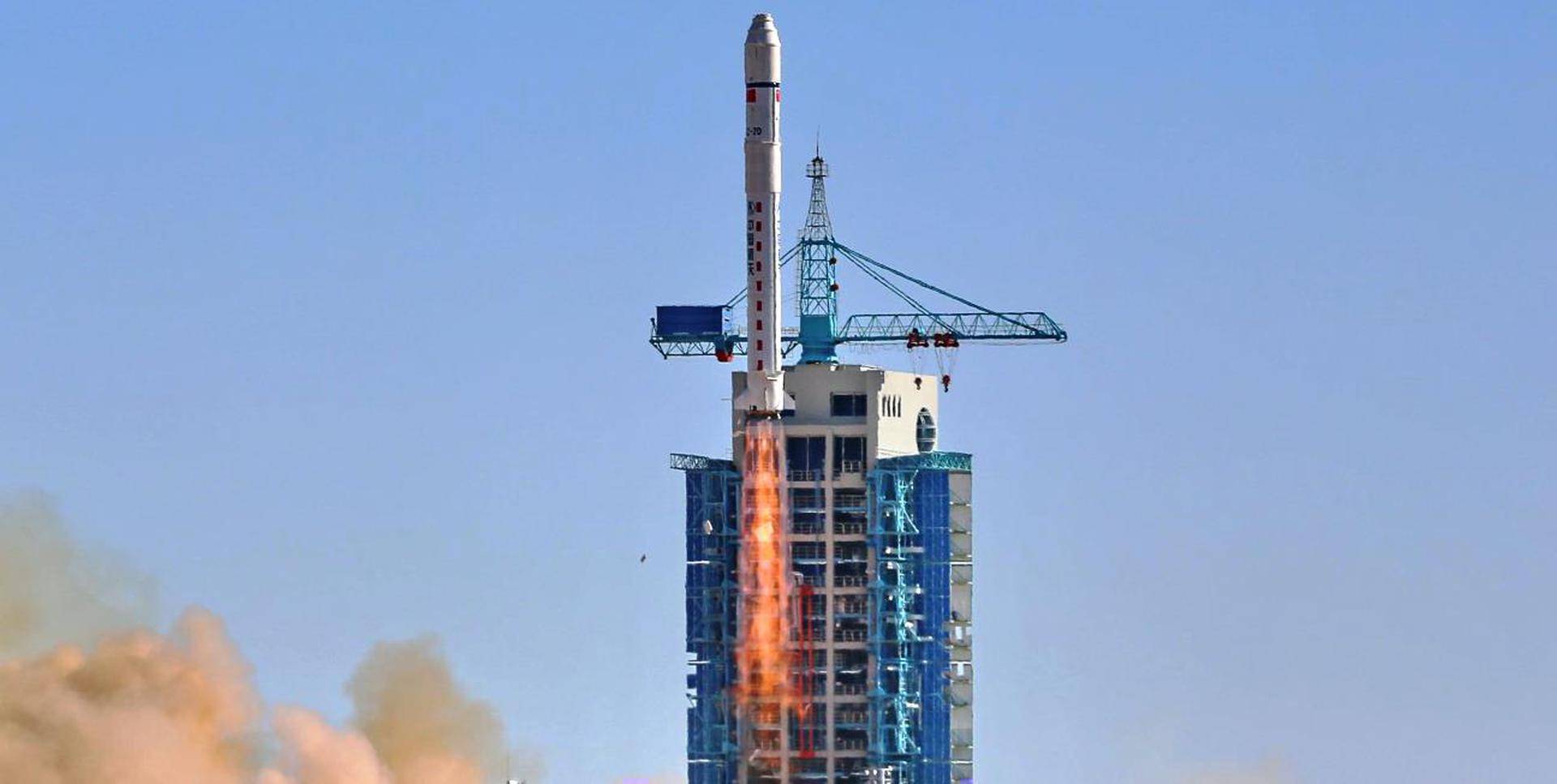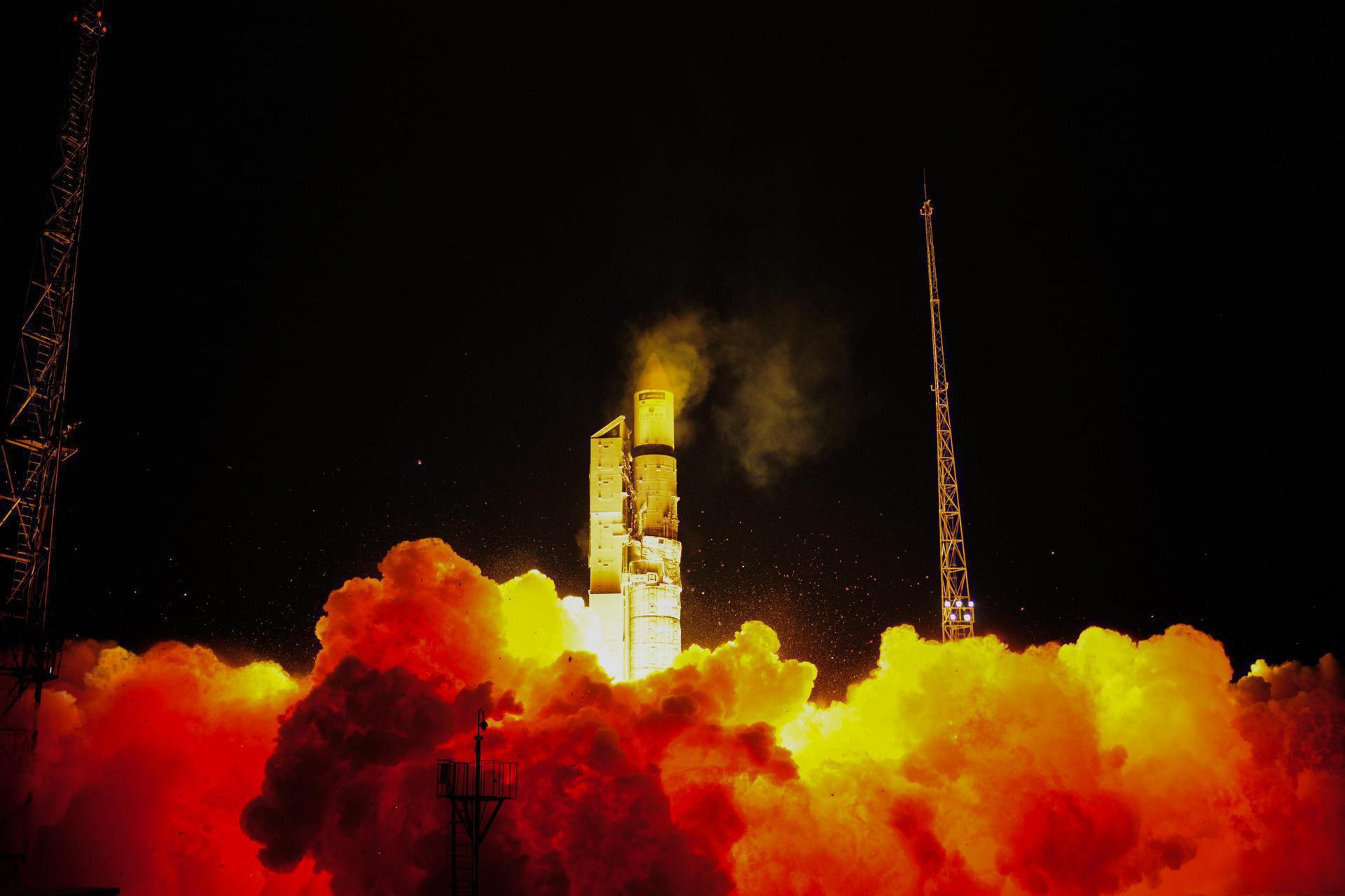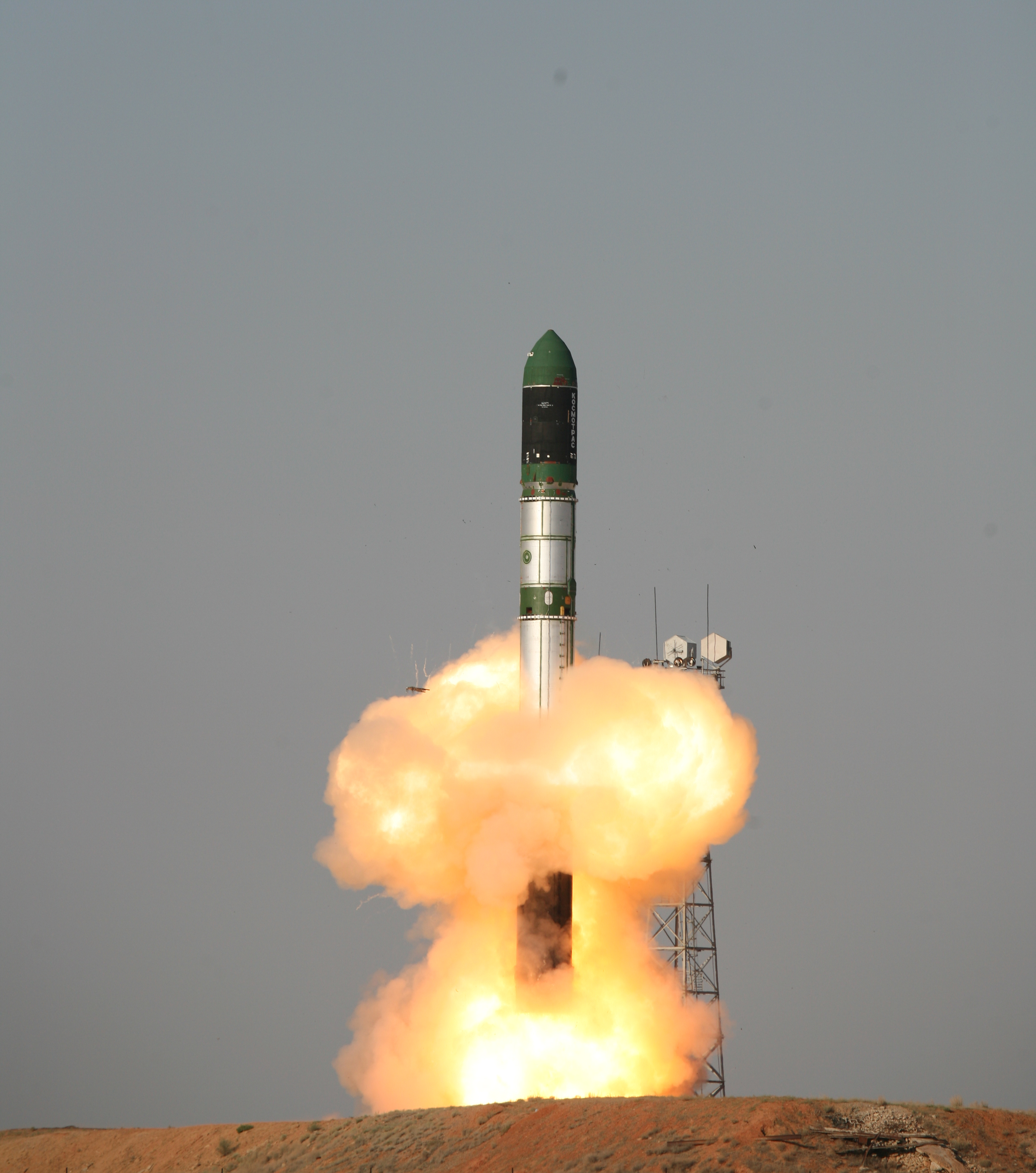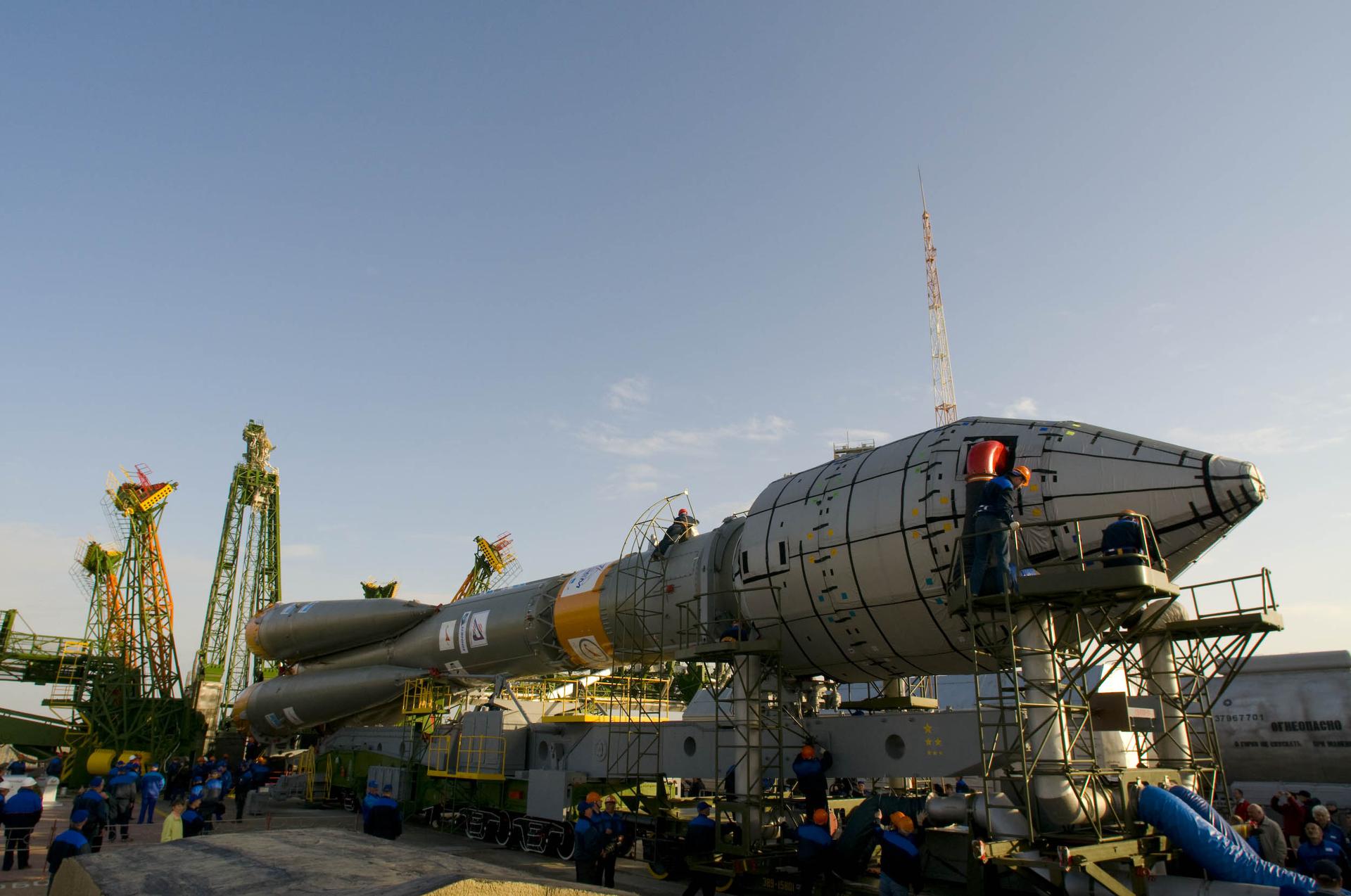Previous Spaceflight Launches
Filter by Agency, Locations or Vehicles
Show All LaunchesSoyuz-FG | Soyuz TMA-7
Progress Rocket Space Center | RussiaBaikonur Cosmodrome, Republic of Kazakhstan
Oct. 1, 2005, 3:54 a.m.
Status: Launch Successful
Mission:
Soyuz TMA-7 begins Expedition 12 by carrying 3 astronauts and cosmonauts to the International Space Station. Russian Commander, cosmonaut Valery Tokarev alongside Flight Engineers, William McArthur (NASA) & spaceflight participant Gregory Olsen (Space Adventures) will launch aboard the Soyuz spacecraft from the Baikonur Cosmodrome in Kazakhstan and then rendezvous with the station. It landed on April 8, 2006, 23:48:00 UTC
Low Earth OrbitDelta II | GPS IIR-14(M)
United Launch Alliance | United States of AmericaCape Canaveral SFS, FL, USA
Sept. 26, 2005, 3:37 a.m.
Status: Launch Successful
Mission:
The GPS-IIR replenishment satellites are produced by General Electric Astrospace (later Martin Marietta and Lockheed Missiles & Space) under a contract issued in 1989, which included 21 satellites based on the commercial AS-4000 bus. These provided improved navigation accuracy and longer autonomous satellite operation than earlier model GPS satellites. The satellites were three-axis stabilized and operated at downlink frequencies of 1572.42 MHz and 1227.6 MHz (L-Band) and 2227.5 MHz (S-Band). Lockheed was responsible for launch and flight operations support of the GPS-IIR through 2006.
Medium Earth OrbitMinotaur I | STP-R1
Orbital Sciences Corporation | United States of AmericaVandenberg SFB, CA, USA
Sept. 23, 2005, 2:24 a.m.
Proton-M Briz-M | Anik F1R
Khrunichev State Research and Production Space Center | RussiaBaikonur Cosmodrome, Republic of Kazakhstan
Sept. 8, 2005, 9:53 p.m.
Status: Launch Successful
Mission:
It carried a 24 C-band and 32 Ku-band transponders. Anik F1R has a design life of 15 years. In addition, a Wide Area Augmentation System (WAAS-GEO 4) navigation package operating in C-band for uplink and L-band for downlink provides precision Global Positioning System-based guidance information to aircraft.
Geostationary OrbitSoyuz U | Progress M-54
Russian Federal Space Agency (ROSCOSMOS) | RussiaBaikonur Cosmodrome, Republic of Kazakhstan
Sept. 8, 2005, 1:07 p.m.
Soyuz-U-PVB | Yantar-1KFT 21
Progress Rocket Space Center | RussiaBaikonur Cosmodrome, Republic of Kazakhstan
Sept. 2, 2005, 9:50 a.m.
Long March 2D | Fanhui Shi Weixing (22)
China Aerospace Science and Technology Corporation | ChinaJiuquan Satellite Launch Center, People's Republic of China
Aug. 29, 2005, 8:45 a.m.
Rokot / Briz-KM | Monitor-E No. 1
Russian Aerospace Defence Forces | RussiaPlesetsk Cosmodrome, Russian Federation
Aug. 26, 2005, 6:34 p.m.
Status: Launch Successful
Mission:
Monitor-E had a set of remote sensing devices. They were intended to make maps of the Earth's surface to be used for ecological monitoring and charting geological features. It was built by the Khrunichev State Research and Production Space Center.
Sun-Synchronous OrbitDnepr | Kirari
ISC Kosmotras | RussiaBaikonur Cosmodrome, Republic of Kazakhstan
Aug. 23, 2005, 9:09 p.m.
Soyuz-FG | Galaxy 14
Progress Rocket Space Center | RussiaBaikonur Cosmodrome, Republic of Kazakhstan
Aug. 13, 2005, 11:28 p.m.

